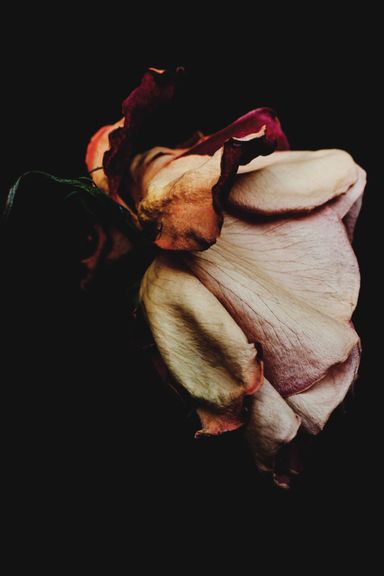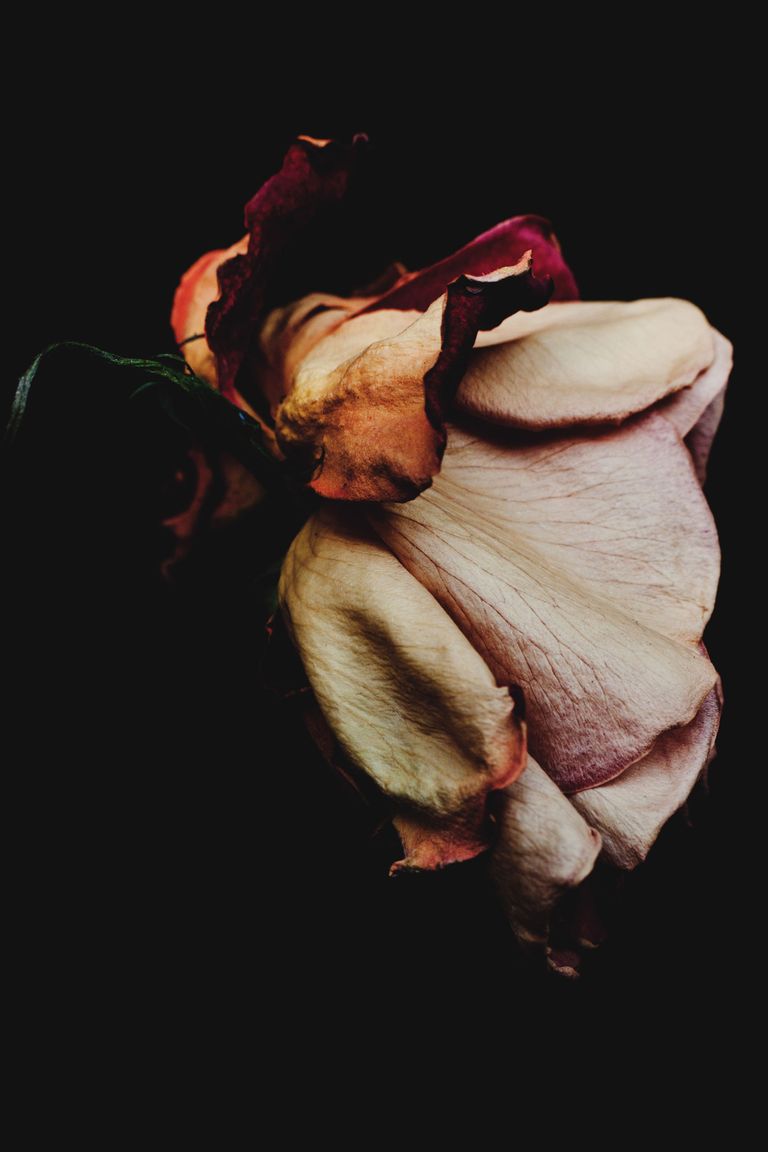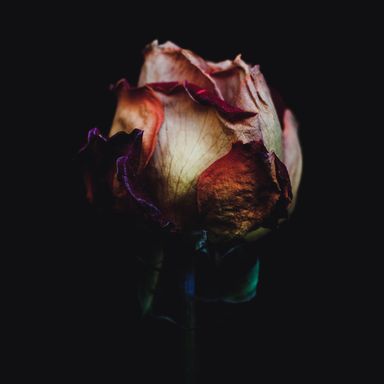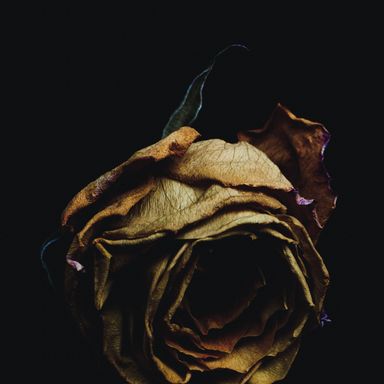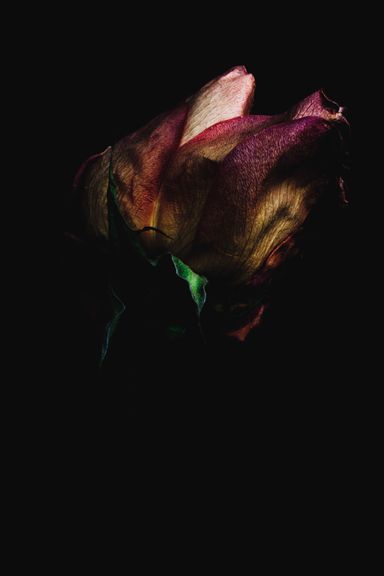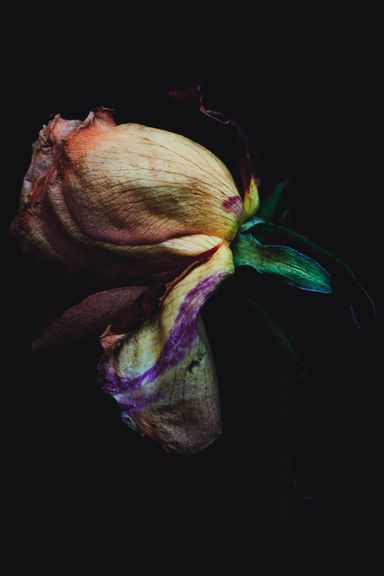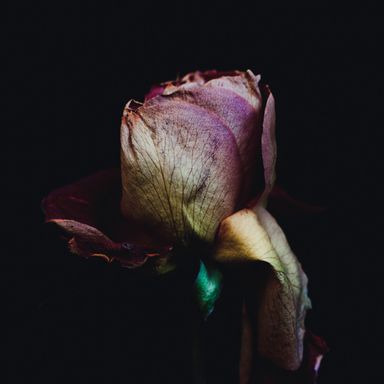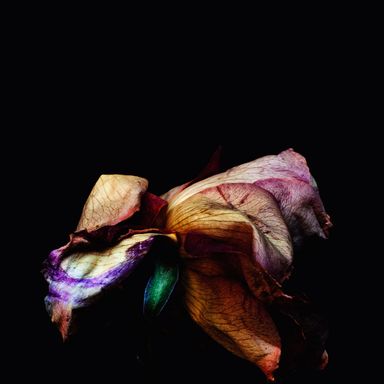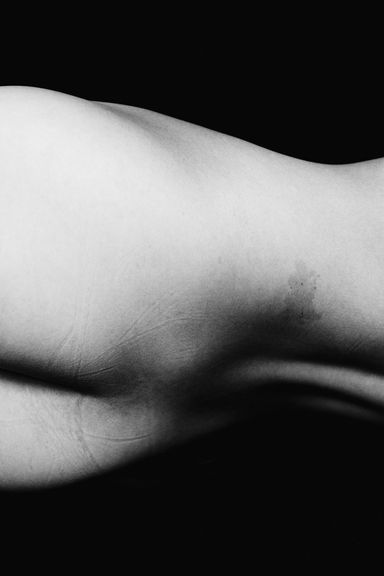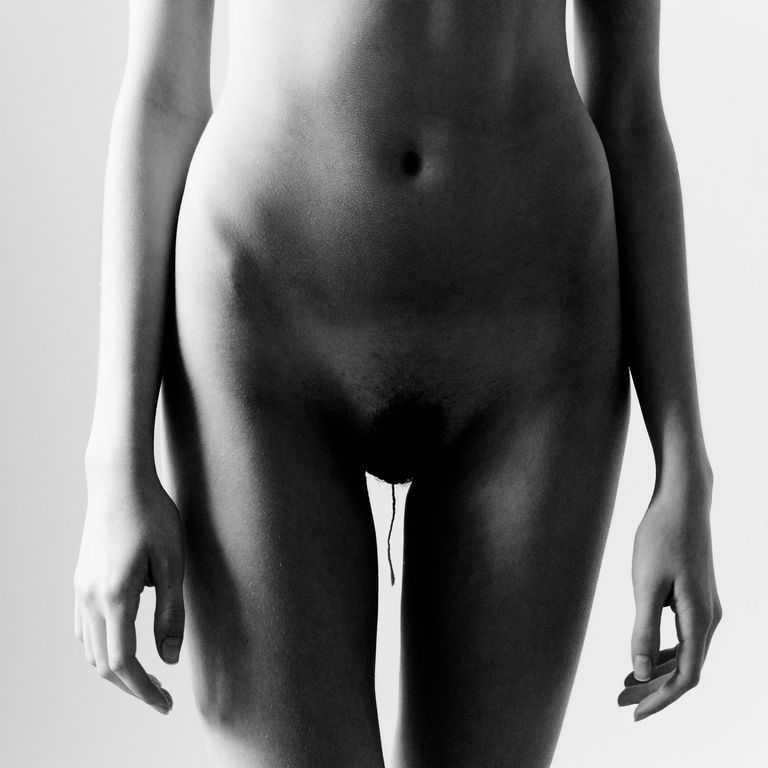First Look: A Photographer Rethinks Female Beauty
On Thursday, fashion and fine-art photographer Billy Kidd’s first solo exhibition, titled Transience, will be unveiled at Masters & Pelavin Gallery. While the Florida-born, Arizona-raised Kidd has shot editorials and portraits for magazines like Numero, Oyster, French Glamour, Elle Japan, and more, Transience offers a glimpse into his personal work, which juxtaposes graceful photographs of highly saturated, decomposing flowers with lithe torsos of female nudes shot in black-and-white. The main goal is to tackle the modern understanding of conventional female beauty; most notably the idea that, for women, youth is nearly synonymous with beauty. “Life changes, beauty changes. That’s what I want to say here,” he says. “Beauty isn’t always a constant. It’s not always one thing we define as youth. Transience just sits very well with the dialogue we were trying to create.” In addition to contrasting the raw beauty of a flower entering the last stage of its life with the soft energy of the female body, Kidd draws attention to the various textures, colors, veins, birthmarks, and so-called “flaws” that make the flowers and bodies even more alluring in their natural states. The Cut spoke to Kidd about how he first got interested in photography, why he decided to pair nudes with flowers, and what he’s interested in presenting with future projects. Excerpts below, along with a slideshow previewing the exhibit.
I read that you’re self-taught in photography. How did you end up shooting fashion and fine-art photography?
I fell into photography by accident. When I say I was self-taught, I mean I didn’t go to school for photography. I learned from a commercial photographer in Arizona and after about two years, I felt that I knew what I needed. I wanted to be a fashion photographer, so I just decided to move to New York. I knew a handful of people and started shooting every day. I was contacting every modeling agency and magazine that I could. I’m thankful for all of that because, now, I’m getting to do the things I want to do, you know?
Tell me about your thought process behind this exhibition. Why flowers?
I started doing that as a kind of metaphor. I’ve been shooting flowers or flowers that are dying over the last couple of years. We take this one thing that we think is beautiful – we love them, we buy them, we sell them – but what we do basically is we’re taking these living creatures and cutting them at their prime, or what we call their prime, and we put them in a vase and put them somewhere and love them for a couple days. Then after a couple of days, when they start to show signs of dying or the petals are starting to wilt, we throw them away. I find it interesting that we do this. We do it in all sorts of aspects of our lives. But in particular, what we really kind of push it on is what we consider beauty in regard to women. It used to be younger people were in their prime, but women could still be beautiful and in their prime past the ages of 18, 19, 20. Now we’re focused on this idea that beauty is youth. What the world is saying is that when you’re 16 to 20 years old, you’re beautiful. But when you’re past that, not so much anymore. And that’s why I started coupling [the flowers] with these nudes.
Is there a reason you decided to show the flowers in color, and the nudes in black-and-white?
One of my important beliefs is if color isn’t important, get rid of it. When it comes to my nudes, I shoot them on white, I shoot them on black. I wanted to focus on the texture. When it comes to the flowers, with the color you get the texture, but it brings something a little more impactful to you.
What specifically made you decide to pair the flowers with nudes?
With the nudes, it’s all about the same thing — how in today’s world of photography, we tend to over-retouch. We remove all these things that are naturally beautiful. We call them flaws. We call goosebumps and scratches flaws. They’re “flaws” but they’re still something beautiful on the body. All these things are amazing and naturally happen, so I started tying them all together. When it comes down to it, this show is part one of a process I’ll be going through.
Part two will be a series of nudes of older women juxtaposed with seedlings that are just starting to sprout. I’m aiming for the time around menopause and to focus on how the body starts changing around menopause. One of the things that I find interesting is how the body looks most similar to the type of body that is shown in Renaissance paintings, Greek goddesses, sculptures. Yet again, today, we’re celebrating youth, which is juxtaposed to the seedlings. It’s something new but hasn’t climaxed to something perfect yet.
